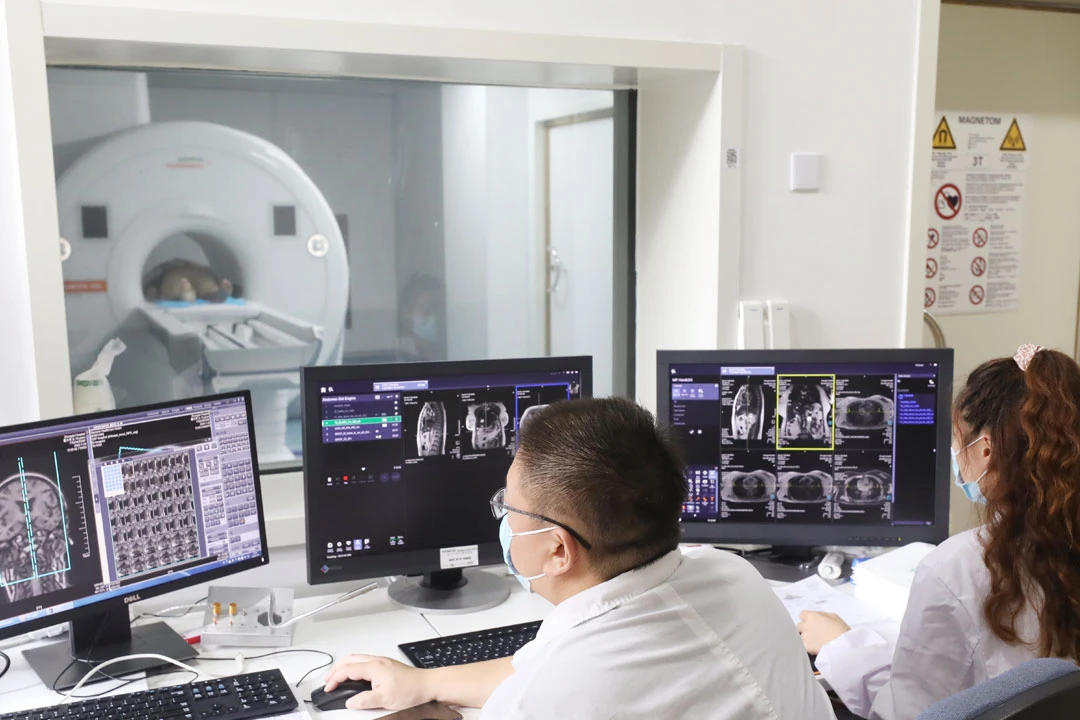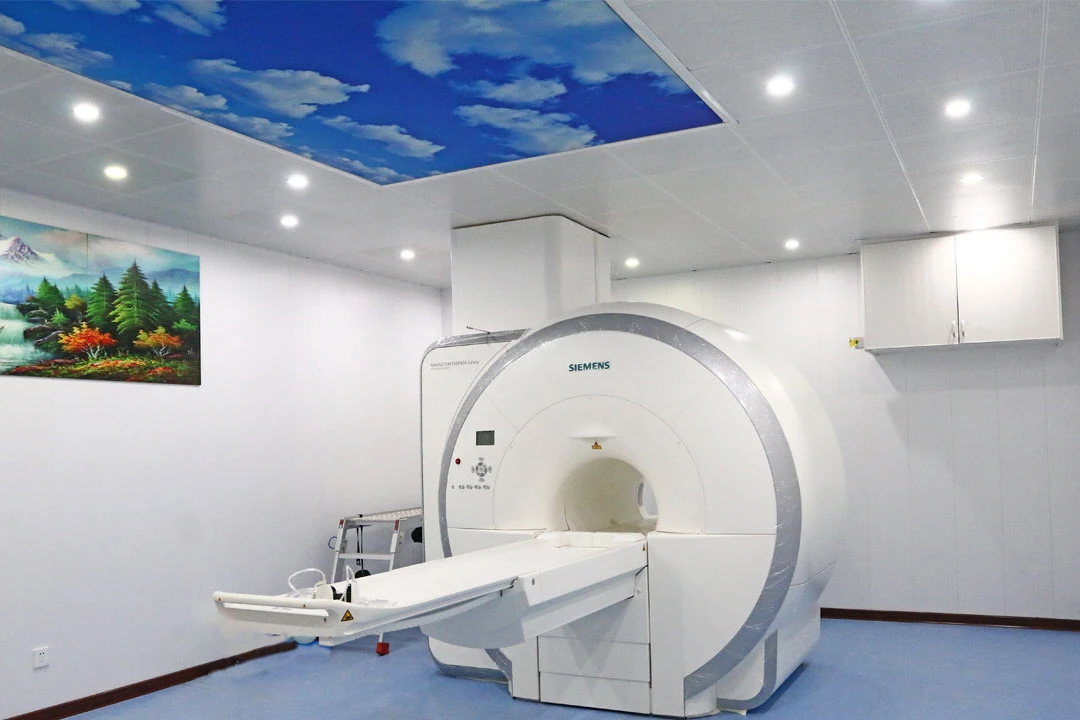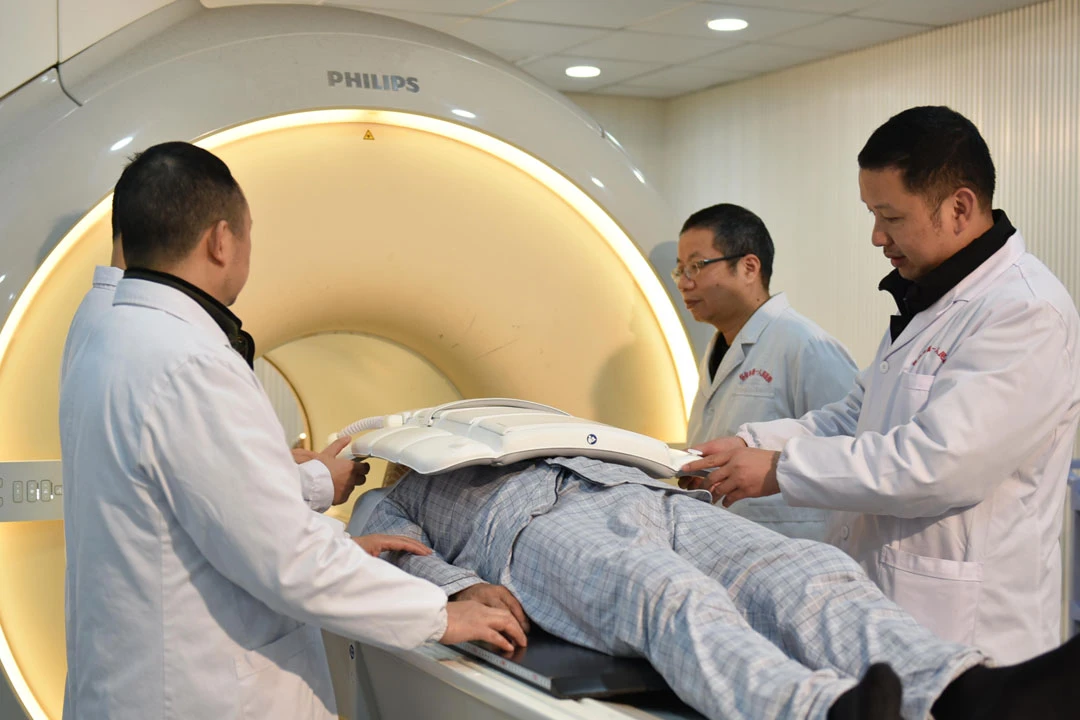Revolutionizing Healthcare: China's Journey Towards Self-Sufficiency in Medical Technology
In recent decades, China has embarked on a transformative journey in the field of high-end medical equipment, marking significant strides towards achieving technological independence in healthcare innovation. Historically, China heavily relied on imported technologies, especially in areas like advanced magnetic resonance imaging (MRI) systems, where Western nations dominated. However, recent breakthroughs in domestic technological prowess are reshaping this landscape.
Dr. Fan Guoguang, Director of Radiology at China Medical University Affiliated First Hospital, reflects on the evolution: "Since the 1970s, MRI technology has been primarily controlled by Western countries. Each time China developed comparable MRI equipment, foreign brands swiftly introduced superior products." With a burgeoning population and rising living standards, China's demand for high-end medical equipment has been substantial, necessitating significant imports.
The drive to accelerate the localization of high-end medical equipment is crucial not only for technological advancement but also for enhancing healthcare quality and reducing costs. In a medical equipment research and development workshop not far from hospitals, researchers are diligently conducting mass production tests on fiber optic spectrometers for MRI systems.
Recent successes in key technologies such as fiber optic spectrometers, dual-energy gradient systems, and gradient amplifiers have marked the achievement of 100% independent development of 3.0T MRI equipment core components in China. These next-generation MRI products, comprising approximately 5,000 to 6,000 components, deliver high-precision scanning even amidst involuntary bodily movements like breathing, heartbeats, and vascular pulsations.
The Role of Private Enterprises: Driving Innovation in China's Medical Equipment Sector
In recent years, supported by favorable policies, many capable private enterprises in China have intensified their research and development efforts in various fields, exploring new technologies and products. Today, domestically developed CT scanners, PET-CT scanners, and MRI equipment have established an entire chain of innovation with full autonomy and control, gradually capturing a larger market share.
At a research center of a medical equipment company in Shenyang, Liaoning Province, a new round of technological breakthroughs is underway. The development of high-end medical equipment involves long research cycles, substantial investments, high risks, and interdisciplinary collaboration due to its intensive technological demands.
Undertaking the challenge of developing cutting-edge technologies is no easy feat for private enterprises. However, China's clear policy directions and long-term support plans have emboldened these enterprises to invest in and innovate fearlessly. The continuous improvement of the business environment and market access rules has provided stable expectations for private enterprises to formulate long-term development strategies.
Future Prospects: Integrating Cutting-Edge Technologies for Enhanced Healthcare Access
In recent years, high-end medical equipment has consistently featured in China's national medium and long-term development plans. Concurrently, the market share of domestically produced high-end medical equipment has risen steadily, increasing from around 14% in 2013 to approximately 41% today. East Soft Group, a private enterprise, has received numerous national awards for its significant contributions to scientific and technological innovation and industrialization in high-tech fields.
The Third Plenary Session of the 20th Central Committee of the Communist Party of China emphasized the expansion and balanced regional distribution of high-quality medical resources and the establishment of a mechanism to support the development of innovative drugs and medical devices. Mr. Liu Jiren vividly describes a scenario where using metaverse technology and remote medical devices, doctors from major urban hospitals can provide diagnosis and treatment for complex medical cases in all county-level hospitals nationwide, using innovative medical equipment to benefit more people.
The journey towards achieving technological self-sufficiency in high-end medical equipment represents not just an economic opportunity but also a significant advancement in healthcare accessibility and quality in China. As the country continues to innovate and invest in cutting-edge technologies, the future holds promising prospects for transforming healthcare delivery, ensuring that advanced medical care is accessible to all corners of the nation.
In conclusion, China's progress in developing indigenous high-end medical equipment reflects its commitment to technological innovation and healthcare reform. Supported by proactive policies and driven by private enterprise initiative, the nation is poised to emerge as a global leader in medical technology, contributing to both national development goals and global healthcare advancements.



